 There is a chance we may soon get an earthquake early-warning system here in the Golden State. A recent example of the system showed that folks had nearly 80 seconds of warning.
There is a chance we may soon get an earthquake early-warning system here in the Golden State. A recent example of the system showed that folks had nearly 80 seconds of warning.
Now, that might not seem like much, but it is nearly a minute and a half – and that is a long time for you to try to get to a safer place. I’d want to do some things in my RV, like release the leveling jacks so the spring and shocks can work. Maybe a quake would feel like some rough road.
One thing I would want to do is make sure I had plenty of water on hand. One of the great problems here in SoCal is that the water supply system crosses many fault systems on the way to us. It is very vulnerable to damage in a quake. Very.
What do you have in your house that makes you ready to survive “The Big One?” You know. The huge earthquake that has been promised or predicted for years … that Big One.
The aqueducts and pipes that carry water to us could be cut. Electrical generation and transmission capabilities could become useless. Roads and bridges could be damaged and impassable. The worst-case scenario you can imagine.
My large RV can carry 45 gallons of fresh water. My lighting and water pump uses large batteries that can be recharged by my generator and by even the solar panel that is on the roof. Of course, I could run the generator, but I would have to limit that. It uses about a half-gallon an hour, which would give me nearly 120 hours of electricity if I used that. So I try always to stop with plenty of diesel fuel in the tank.
I also carry a rather large first aid kit and try to keep my pantry full. My refrigerator is electric or propane, so I can keep cold foods cold. Keeping the propane tank topped off is a regular event.
I estimate I can husband my supplies so I can survive almost a month with what I normally have on the RV.
I didn’t spend much time or effort in getting this ready for an earthquake. Most of my planning was done when I moved in, because it is just a part of living in such a rig. Can the same be done in a “normal” brick-and-mortar home? Takes a little more effort because the generator isn’t built in, and there isn’t a large supply of fresh water. The water could be stored as bought in large bottles.
Ice chests and camp stoves can provide a lot. When Hurricane Isabel struck Southeast Virginia while I lived there, we lost power for nearly six days. Had a small generator that provided us with the ability to keep our food cold. The camp stoves were great for cooking. Survival was possible for a lot longer, but the power came back on.
We really weren’t prepared. We thought we were. The house remained undamaged, so when the electricity returned, life returned to normal. Some folks were not so lucky.
If you search the Internet for disaster preparedness kits, you’ll find hundreds of pre-made kits for sale and long listing of how to build your own. I searched “earthquake preparedness” and got all kinds of information. Turns out, I’m missing a few recommended items. Tomorrow that shall be taken care of, now that I know what they are.
I keep a supply of paper plates and plastic eating tools. I also have a Dutch oven so I can do some limited baking on a charcoal grill. (Learned that at the Santa Clarita Cowboy Festival one year.) The non-mobile homeowner can do that, too.
Flashlights, portable radios and TVs, lots of batteries of all sizes.
Found we had a lot of spare time on our hands after that hurricane passed. I recommend you have lots of books around, too. If nothing else, they can be used to prop up the table with the damaged leg.
Besides a kit, I also think the family has to have a designated place to meet, should the home be “red-tagged” as unsafe. Cell phones might not work. (Don’t forget your chargers and cords for them, either.) If the whole family knows to meet at a certain place, everyone can quickly be accounted for, and you’ll know if everyone is safe.
Recently we had a few small quakes centered just north of East Los Angeles in the Hollywood Hills. I could feel them in my RV because the jacks hadn’t been used. (I forgot that step when setting up “camp.”) It felt like a fairly bumpy road.
We came out of our RVs and started asking about the welfare of our neighbors. One older woman had a great comment. She had been standing outside when the tremor hit. She said her first thought was about her neighbors.
She wasn’t having an altruistic revelation. She just hoped her neighbor lady a few doors down was having a good time, since that RV was rocking so much.
“No honey, it really was an earthquake.” Sort of explains the surge in children since 1994.
“Yes honey, the earth did move.”
Darryl Manzer grew up in the Pico Canyon oil town of Mentryville in the 1960s and attended Hart High School. After a career in the U.S. Navy he returned to live in the Santa Clarita Valley. He can be reached at dmanzer@scvhistory.com. His older commentaries are archived at DManzer.com; his newer commentaries can be accessed [here]. Watch his walking tour of Mentryville [here].
Like this:
Like Loading...
Related








 Tweet This
Tweet This Facebook
Facebook Digg This
Digg This Bookmark
Bookmark Stumble
Stumble RSS
RSS
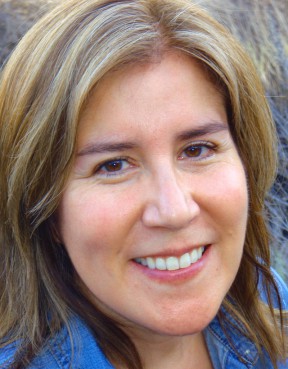
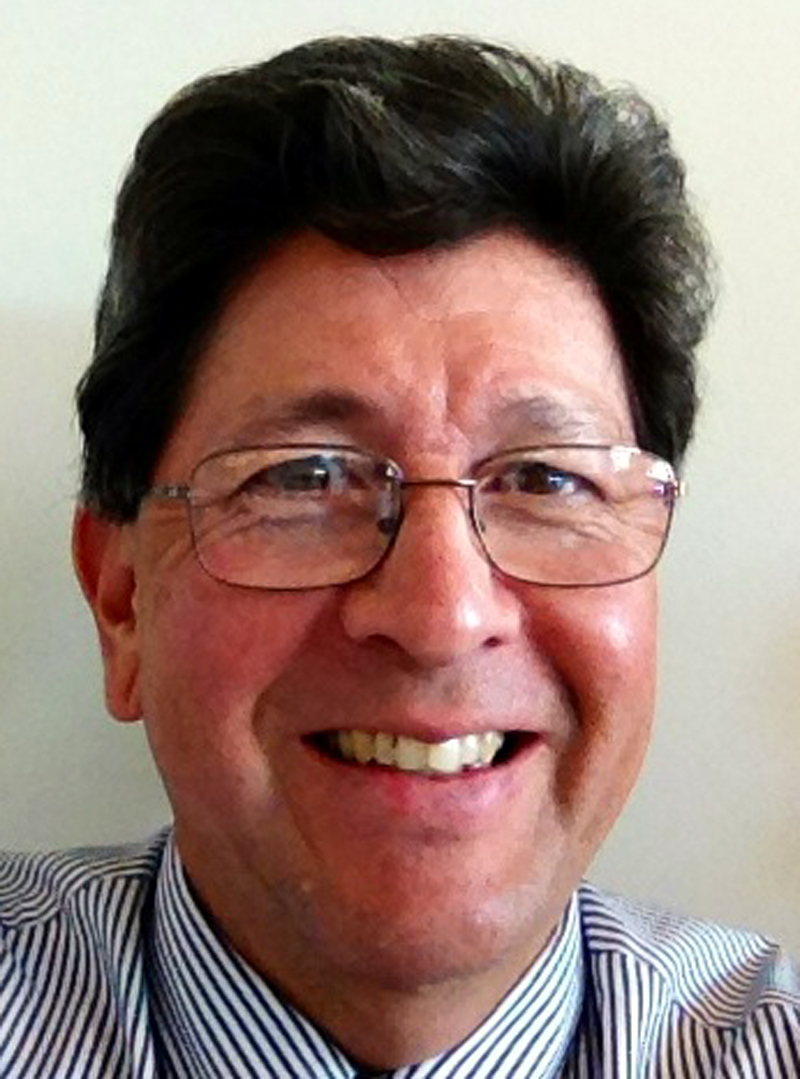



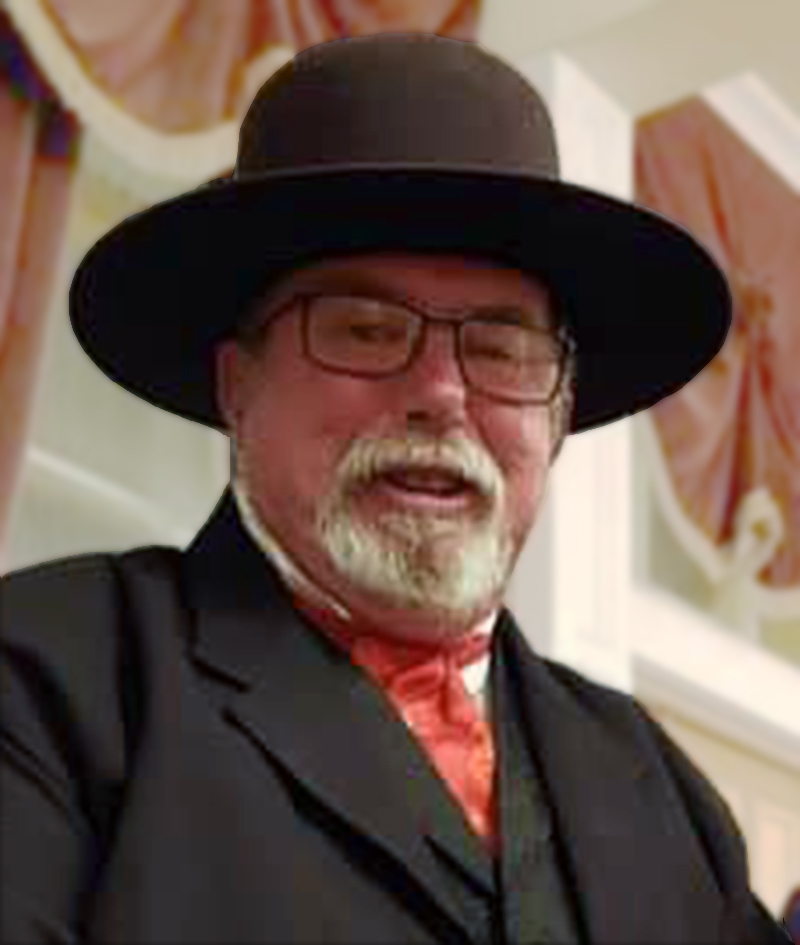

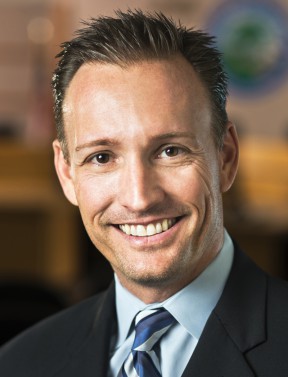
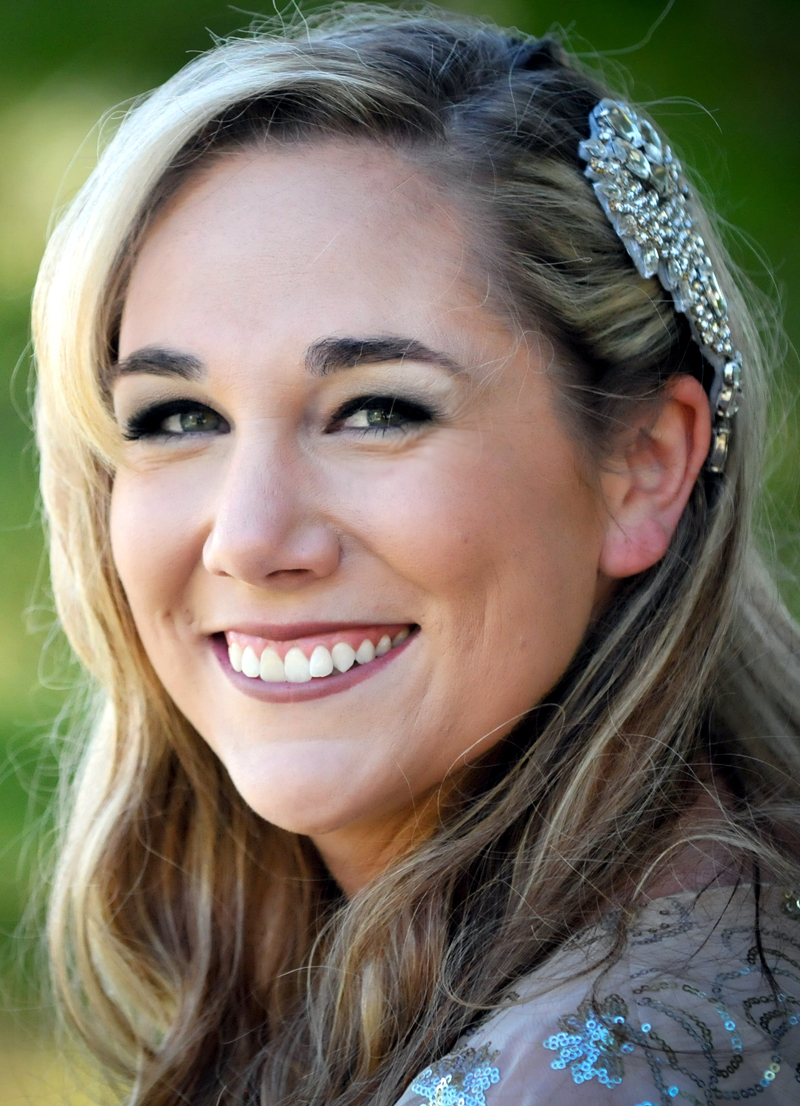






























REAL NAMES ONLY: All posters must use their real individual or business name. This applies equally to Twitter account holders who use a nickname.
0 Comments
You can be the first one to leave a comment.